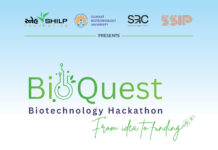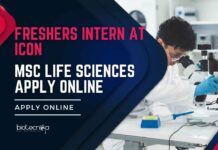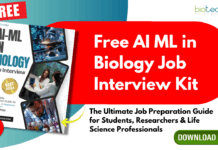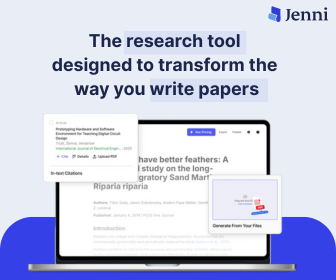Can AI Cure What Antibiotics Can’t?
What if the cure for the most deadly infections is not found in nature, but rather built by a machine in seconds? What if a life-saving protein could be created in just a few seconds? We are all aware that microbial resistance to antibiotics is increasing. But we were unable to track it until now? But now we can.
All thanks to the Australian scientists who have found the method to tackle this global crisis with the power of AI. They produced a lab-made protein that was designed in just seconds. This protein holds the power to destroy superbugs like E. coli.
This step could mark the beginning of a new era in medicine where AI doesn’t just assist in your discovery, but also leads the innovation with you.
This innovation was recently published in Nature Communications, focusing the scientific community to think beyond test tubes and petri dishes.
A New Era in Protein Design
Proteins are at the heart of almost every biological function. They are known as nature’s microscopic machines due to their abilities, like fighting infections and signaling cells. We all know that developing new proteins for medical use takes years of trial and error. They often depend on tweaking natural proteins through lab evolution or repurposing them for human use.
But that’s changing. Can AI Cure What Antibiotics Can’t?
The new AI Protein Design Platform, developed jointly by the University of Melbourne Bio21 Institute and the Monash Biomedicine Discovery Institute, can design proteins from scratch, specifically for targeted tasks. Using powerful algorithms and tools like Bindcraft and Chai, the platform rapidly constructs proteins with desired properties, such as binding to a bacterial surface or inhibiting harmful activity in cancer cells.
Built to Fight Superbugs
The team, led by Dr. Rhys Grinter and Associate Professor Gavin Knott, used their AI system to design a protein that targets and kills drug-resistant E. coli. Superbugs like this pose a growing global health threat, as traditional antibiotics become less effective. The ability to develop new protein-based treatments in such a short time could significantly impact how we respond to antibiotic resistance outbreaks in the future.
“This is the first time in Australia that a functional protein has been created using AI tools from start to finish,” said Associate Professor Knott. “These proteins aren’t just theoretical—they’re working molecules with real-life applications.”
Proteins on Demand
Beyond bacterial infections, AI-designed proteins could help treat a wide range of health issues—from cancer and autoimmune diseases to snakebites and even rare genetic disorders. The speed of design—measured in seconds—dramatically shortens the timeline for drug development, reducing costs and improving access to life-saving therapies.
PhD student Daniel Fox, who led much of the lab work, emphasized the importance of making these tools accessible. “It’s important to democratize protein design so that scientists all over the world can use it,” he said. With free and open-source AI tools now available, researchers globally can participate in this protein revolution.
Learning from the Best
The Australian team credits inspiration from David Baker, the American scientist and recent Nobel laureate who pioneered deep learning approaches in protein design. Baker’s work laid the foundation for the de novo creation of proteins. It starts from nothing but an idea and turns it into a working molecule. His work forced the science community to think can AI Cure What Antibiotics Can’t?
Now, Australia has joined the global race, building its own robust, agile AI-driven protein design hub that integrates biology, chemistry, and machine learning.
What’s Next?
The program isn’t just about generating a single solution. It’s about creating a flexible, high-speed system that can adapt to new diseases, rapidly test ideas, and respond to emerging medical challenges.
“The knowledge of protein structure, combined with cutting-edge AI, allows us to move quickly and design novel research tools and therapeutics,” said Professor John Carroll, Director of the Monash Biomedicine Discovery Institute. “This new capability puts Australia right at the forefront of global biomedical innovation.”
A Global Game Changer
With the rising antibiotic resistance and diseases around us, this new approach could help us fight back against them. AI is accelerating the discovery and innovation of proteins. Scientists may soon be able to respond to outbreaks, cancers, and even genetic disorders.
In the hands of skilled researchers, AI is no longer just a tool. It’s a co-creator of tomorrow’s medicine.























